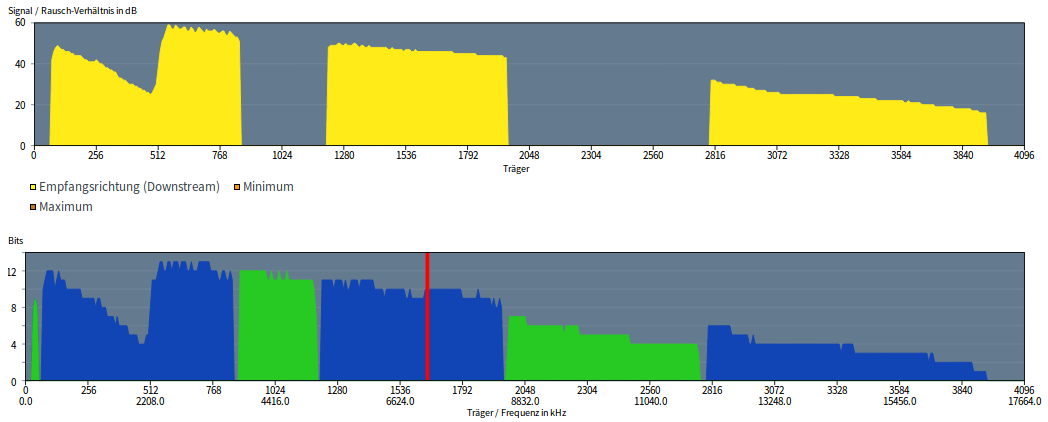As you are probably aware I am one of those people who don’t like their private data to be absorbed, analyzed and sold, so I am hosting most of the services I use over the network myself. Over the years, my Nextcloud instance has become the central instance for this as I host files I exchange there as well as my calendars and my address books. Also, I use it as a platform for private voice and video communication.
This is a great thing and the main threat vectors that remain are that my instance is hacked from the outside with a zero day exploit or someone gets to the data I have stored there with a https man-in-the-middle attack. Both require signification dedication, effort and resources. When I think about it, I feel most vulnerable on the https front as I do not control which certificates are accepted by the various applications on the PC and by apps on my mobile devices that interact with my Nextcloud instance.
In the past, I’ve been using HTTPS Public Key Pinning (HPKP) to add an extra layer of protection. As the scheme hasn’t really caught on over the years, I’ve been thinking a lot lately about the value Certificate Transparency (CT) provides to me. Time for a quick summary.


